Description
Buy Premium Sponge Gourd (Luffa or Gilki) Seeds Online | High Germination Rate | Best Price in India
Sponge Gourd Seeds: Grow your own Sponge Gourd (Luffa) at home with our high-quality seeds, perfect for balcony or terrace gardening. Sponge Gourd produces medium-sized, soft, cylindrical vegetables packed with fiber and essential minerals. These easy-to-grow vine plants can thrive in pots or grow bags with little maintenance. Enjoy the benefits of home-grown sponge gourds with these high-germination seeds!
Features of Sponge Gourd Seeds
- Number of Seeds: 12
- Where to Grow: Balcony, terrace garden, or backyard
- Growing Season: Year-round (best during summer, monsoon, or post-monsoon)
- Sowing Method: Direct sowing
- Seed Depth: 1.5–2.5 cm
- Germination Time: 7–14 days
- Germination Temperature: 18–30°C
- Harvesting Period: 80–90 days from planting
- Plant Vigor: Strong and healthy
Recommended Grow Bag Sizes:
- 15 x 15 inches (W*H)
- 18 x 18 inches (W*H)
- 24 x 24 inches (W*H)
Sponge Gourd Growing Season in India
Sponge Gourd can grow throughout the year in India, adapting to local conditions. The primary growing seasons are:
- Summer: February–April
- Monsoon: June–July
- Post-Monsoon: September–October
How to Grow Sponge Gourd Seeds (Luffa):
- Container Size: Use pots or grow bags 36–60 cm deep and wide.
- Support Structure: Set up a trellis using bamboo, ropes, or wires to allow vertical growth.
- Sowing: Plant 2 seeds per container, about 1.5–2.5 cm deep, and water thoroughly. Maintain soil moisture during germination.
- Germination Time: Seeds will sprout in 7–14 days at a temperature of 18–30°C.
Fertilizer Requirements:
- 20–25 Days After Sowing: Add organic compost or vermicompost as a side dressing to enrich the soil.
- Flowering Stage: Use liquid fertilizers or nutrient-rich compost for optimal fruiting.
Care Tips for Sponge Gourd Plants:
- Sunlight: Needs 6–8 hours of direct sunlight daily.
- Watering:
- Summer: Water daily to keep the soil moist.
- Winter: Water every 2 days.
- Soil: Use well-drained loamy soil enriched with organic matter.
- Temperature: Ideal growth occurs between 20–32°C.
- Pest Management:
- Common pests include cucumber beetles, crop bacteria, leaf spots, and downy mildew.
- Use organic neem oil to prevent infestations.
Sponge Gourd Flowering & Pollination:
- Flowers appear 50–55 days after sowing.
- Male flowers bloom first, followed by female flowers, which develop into fruit.
- Sponge Gourd relies on pollinators like bees, but during the monsoon season, you can use hand pollination for better results.
Harvesting Sponge Gourd:
- Harvest sponge gourds 80–90 days after planting.
- Cut fruits early, before the skin thickens, for the best taste and texture.
- Regular harvesting encourages the plant to produce more fruits.
Special Features of Sponge Gourd:
- Common Names: Luffa, Gilki (गिलकी)
- Scientific Name: Luffa aegyptiaca
- Flower Color: Yellow
- Growing Level: Easy
- Vine Height: Up to 900 cm
FAQ About Product Features of Sponge Gourd Seeds
- Does Sponge Gourd need full sun?
Yes, 6–8 hours of sunlight daily is essential. - Why are my Sponge Gourd flowers dropping?
Common causes include overwatering, pest infestation, or temperature stress. - Why is my Sponge Gourd fruit bitter?
Bitter fruits result from water stress or nutrient deficiencies. - How do I increase pollination?
Hand pollination or introducing pollinators like bees can improve fruiting. - What causes wilting in Sponge Gourd plants?
Overwatering or poor drainage can cause root rot, leading to wilting.
Note: Images are for reference only. Actual products may vary based on climate, age, and growing conditions.


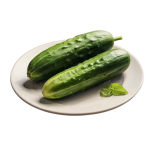
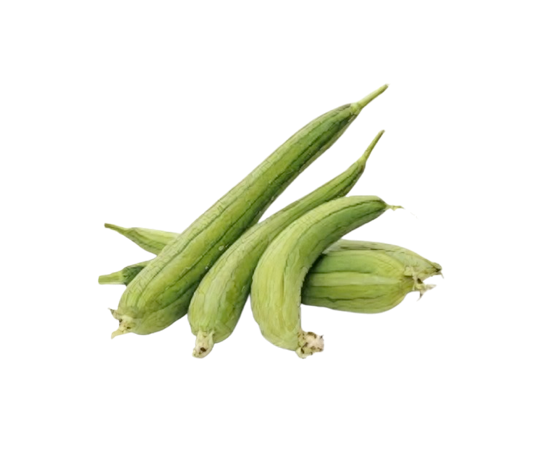
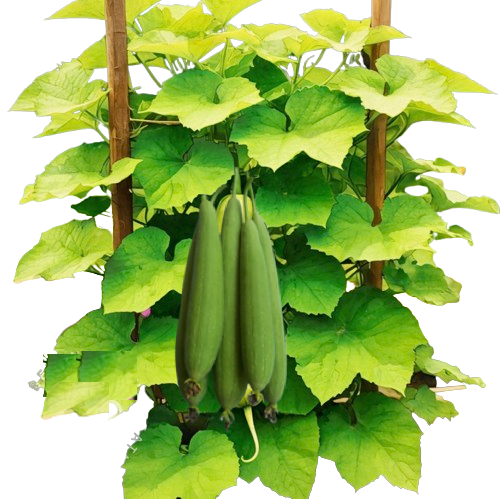




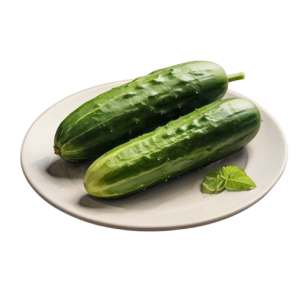

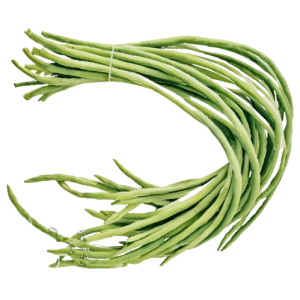
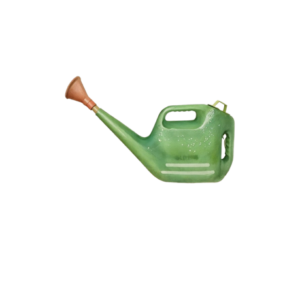

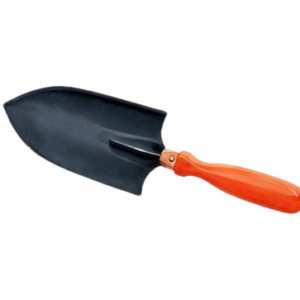
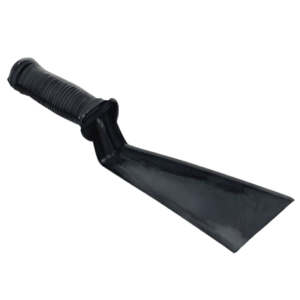
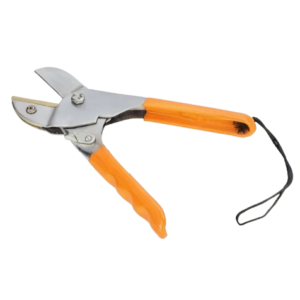

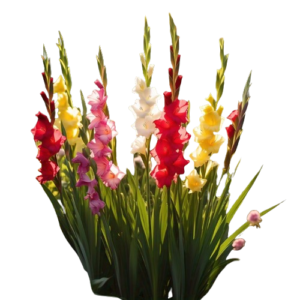
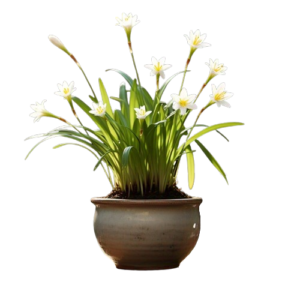

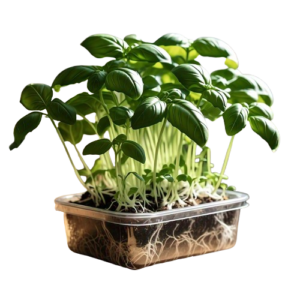
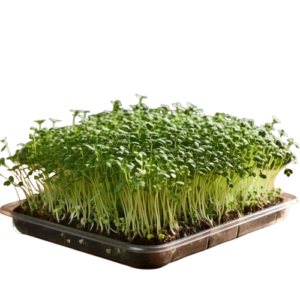
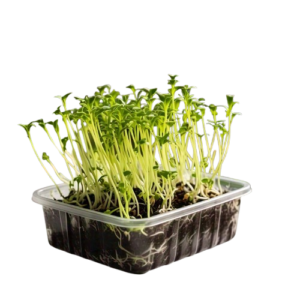
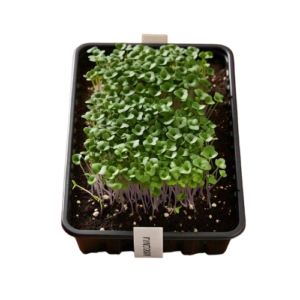
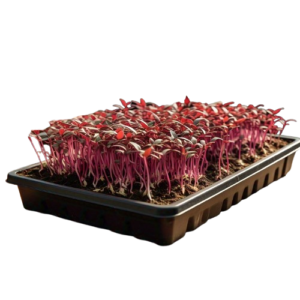
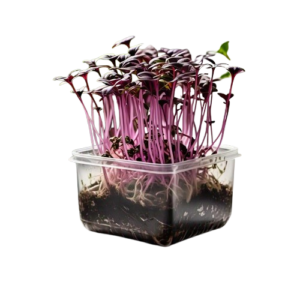
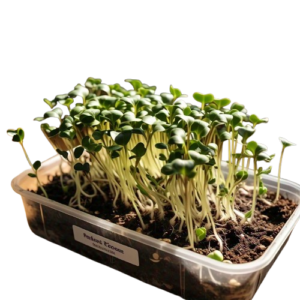
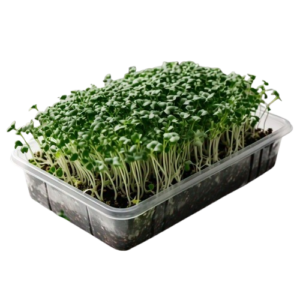

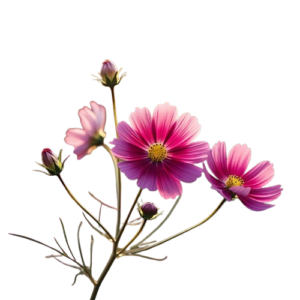


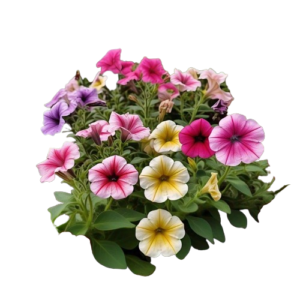



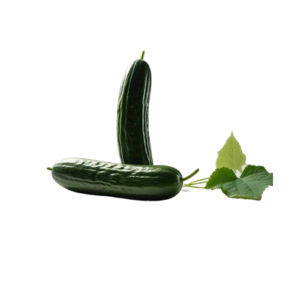
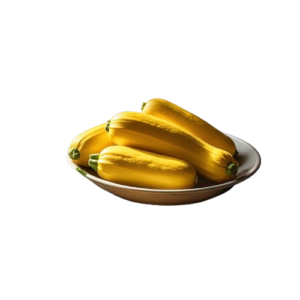
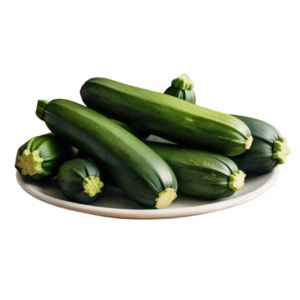



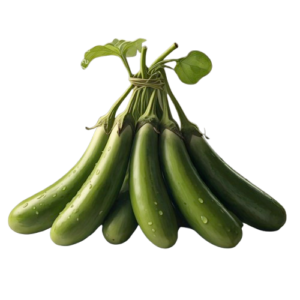
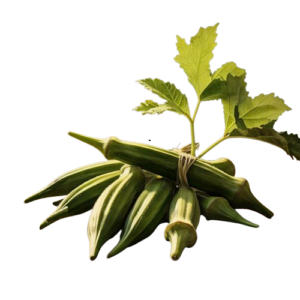
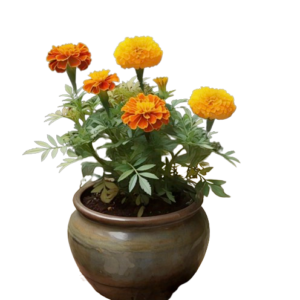
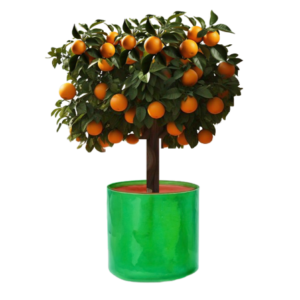

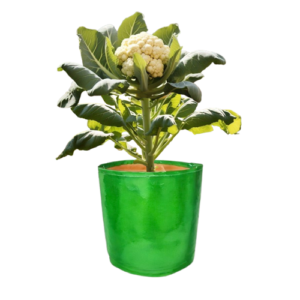
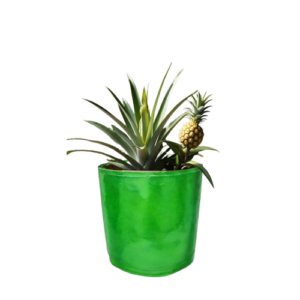


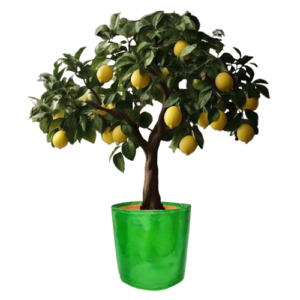
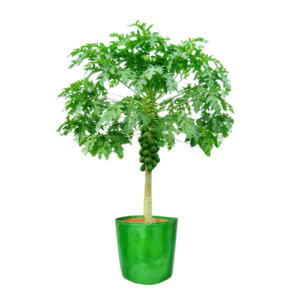
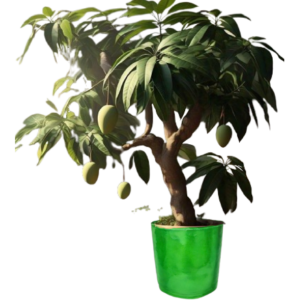

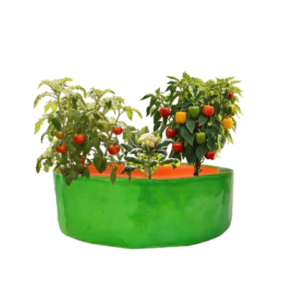

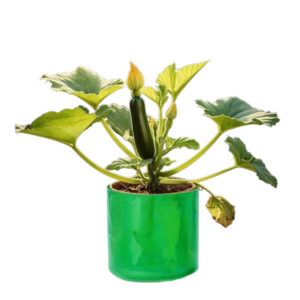



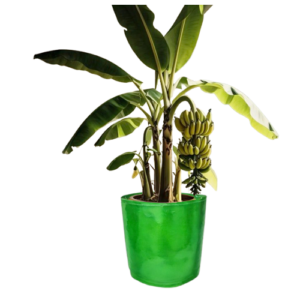
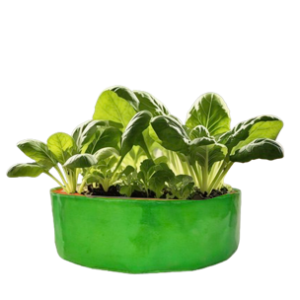
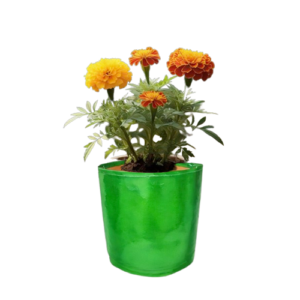
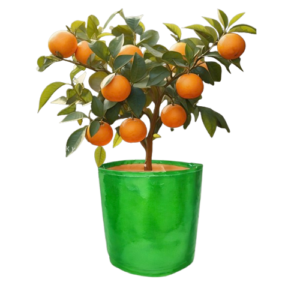




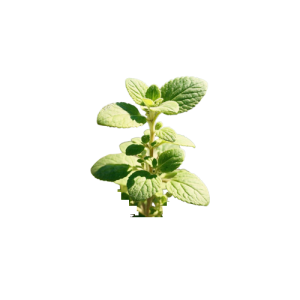

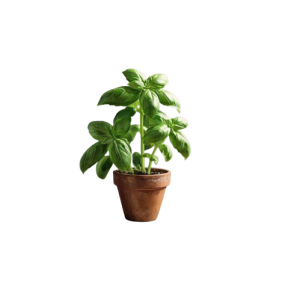
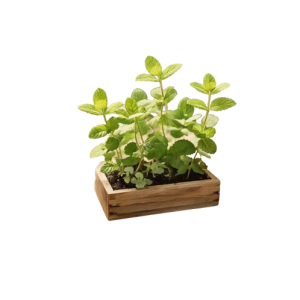

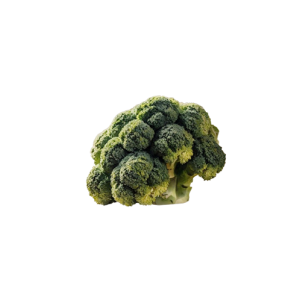
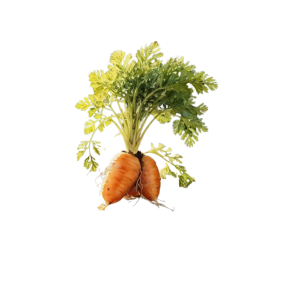
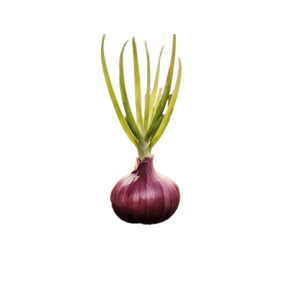
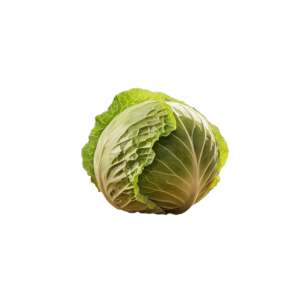
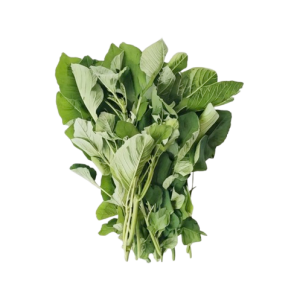
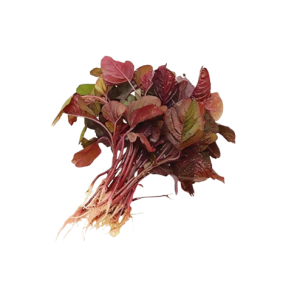



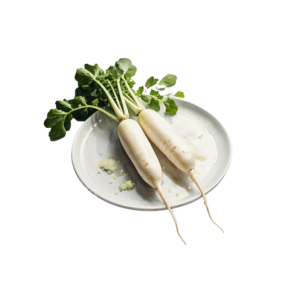


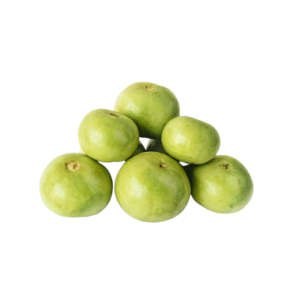
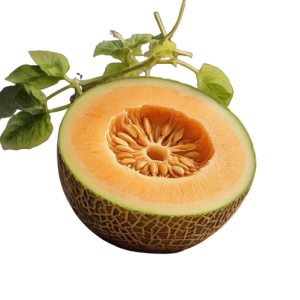
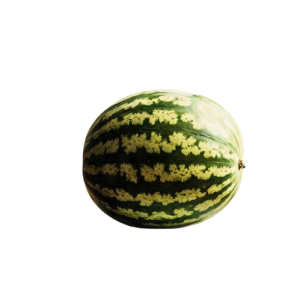

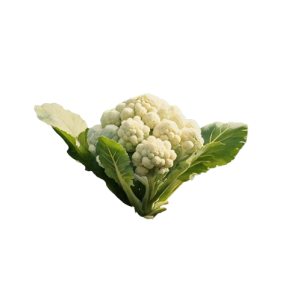


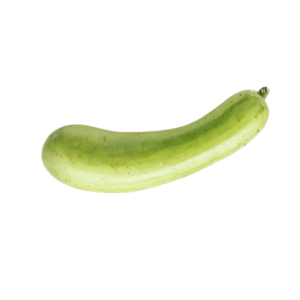
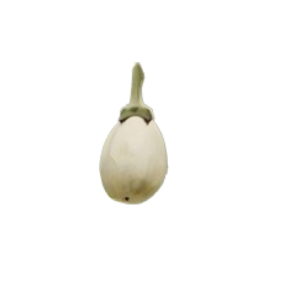
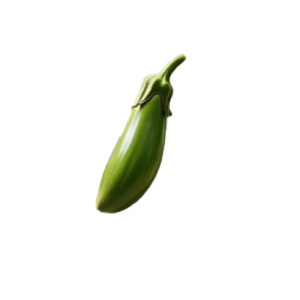
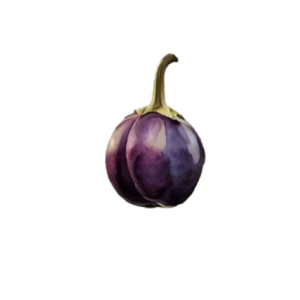
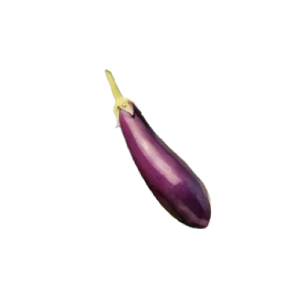
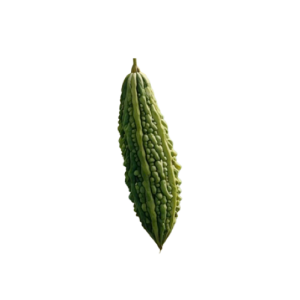
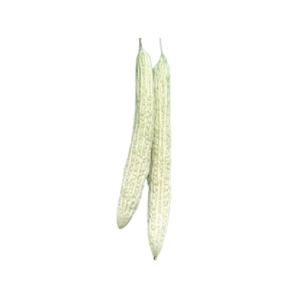
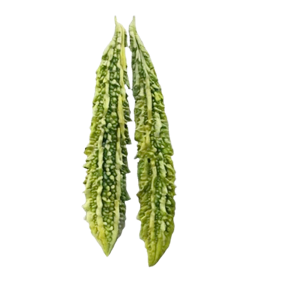
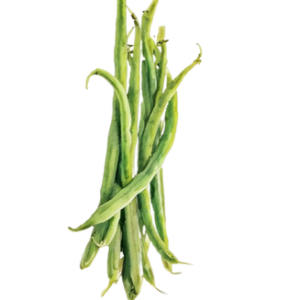
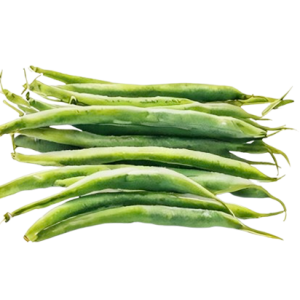



Reviews
There are no reviews yet.